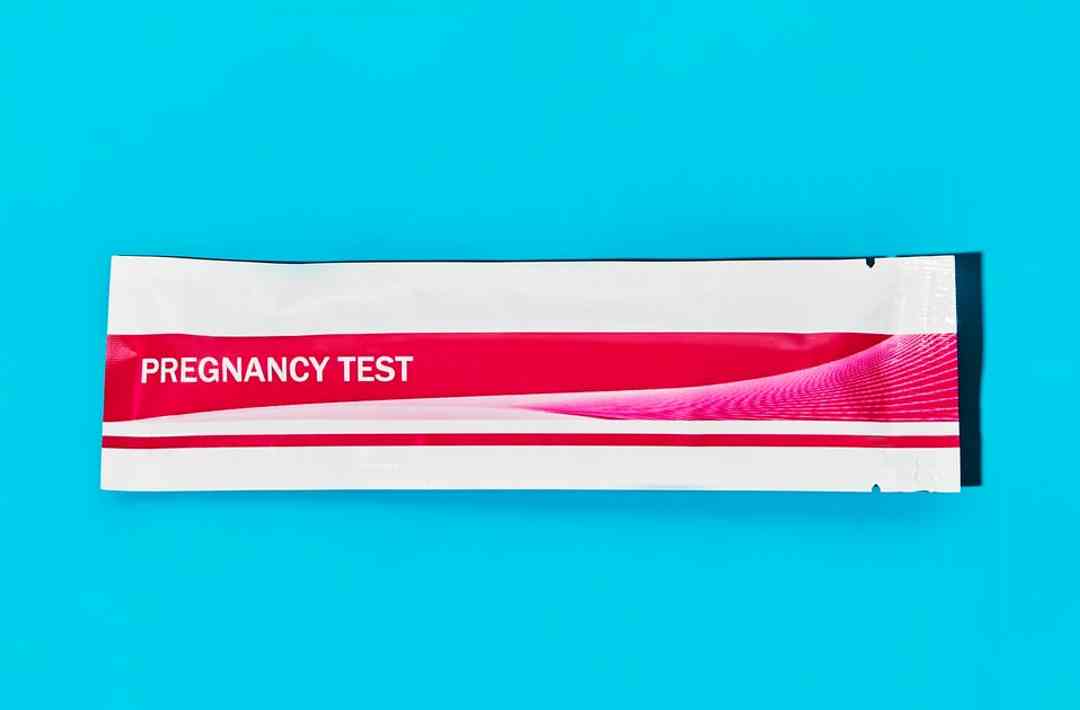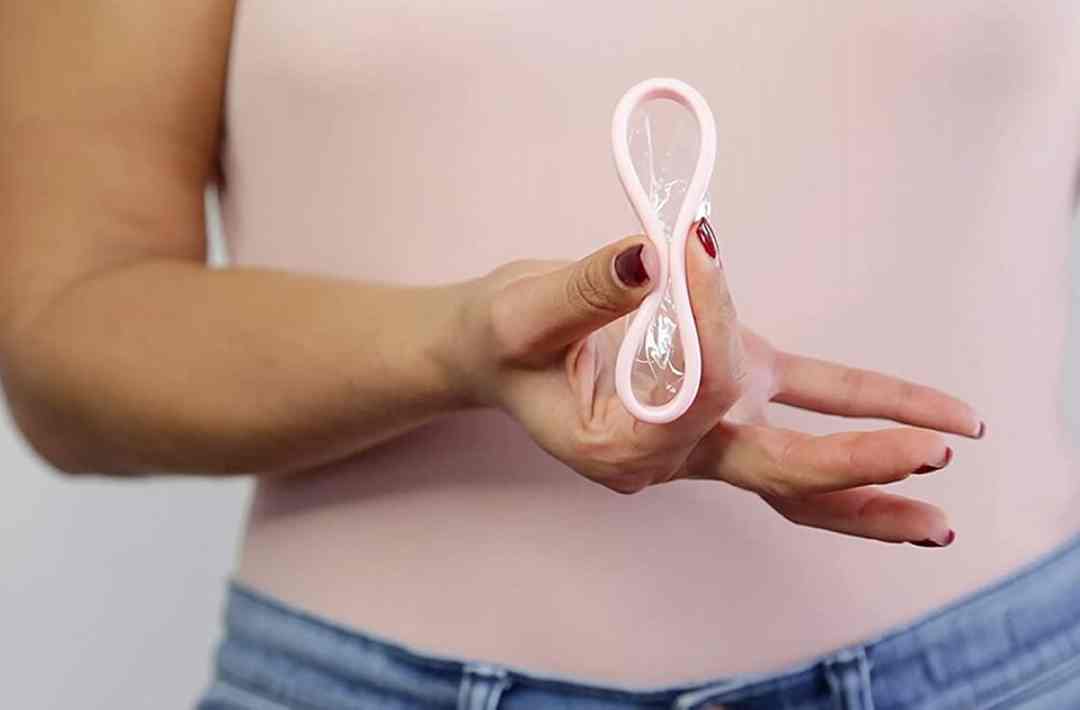You can now pick up your birth control and abortion pills at the same pharmacy. Under a regulatory change on Jan. 3 by the Food and Drug Administration, retail pharmacies (including major chains like CVS and Walgreens) can now offer Mifepristone, the first of two drugs required for medication abortion.
Previously there was an “in-person dispensing requirement,” which meant it had to be dispensed only by doctors or a few mail-order pharmacies. Now if drugstores agree to certain rules — such as obtaining certification from the FDA — they can provide it. But patients still need to obtain a prescription from their healthcare provider; mifepristone isn’t available for over-the-counter use.
Medication abortion is not an uncommon experience — the Guttmacher Institute estimates that in 2017, 39 percent of US abortions were medication abortions. That number has only increased: according to data from the Guttmacher Institute, medication abortion accounted for 53 percent of US abortions in 2020, making it the first year that pills became the country’s most-reported means of abortion. The Guttmacher Institute notes that the COVID-19 pandemic likely factored into this increase.
In a post-Roe world, easier access to medication abortion is a huge step toward connecting patients with time-sensitive medical care. “Today’s announcement means that people who live in states that have not banned medication abortion care may soon be able to walk into their neighborhood pharmacy and walk out with their medications in hand,” Kirsten Moore, director of Expanding Medication Abortion Access (EMAA) Project, said in a statement. “To be clear, today’s action doesn’t change the sparse landscape of abortion access post-Roe. Millions of people still live in states where abortion care is banned entirely. The kind of care you get shouldn’t depend on where you live, but that’s the reality anti-abortion politicians have created.”
While limitations remain, the FDA’s ruling is a win for accessibility in many respects. Ahead, find out more about medication abortions.
How Do Abortion Pills Work?
First approved by the FDA in 2000, mifepristone, known as Mifeprex, is ordered, prescribed, and dispensed by a qualified healthcare provider within 70 days — or 77 days, in some cases — of pregnancy. (Recent FDA decisions now means mifepristone specifically can be distributed via mail or pharmacy in states without limitations — more on that later.) Then, as approved by the FDA, a second pill, misoprostol, is taken 24 to 48 hours after taking Mifeprex in the location of your choice, meaning it can be administered at home.
How you qualify for a medication-abortion pill depends on where you live, but in terms of gestation, the FDA approved the medication through 70 days of gestation, and the medical community has since developed and supported use up to 77 days, says Colleen P. McNicholas, MD, the chief medical officer at Planned Parenthood of the St. Louis Region.
Dr. McNicholas says mifepristone stops a pregnancy from progressing by blocking progesterone, one of the hormones that holds the pregnancy to the uterus. Misoprostol then causes the uterus to contract, resulting in cramping and bleeding after one to four hours that expels pregnancy tissue. According to Planned Parenthood’s national website, a person may also feel the following side effects:
- Upset stomach and vomiting
- Diarrhea
- Mild fever
- Tiredness
- Heavy bleeding with large clots
- Dizziness
Nausea and slight bleeding may occur after taking mifepristone, although it’s uncommon. Expelling the pregnancy tissue usually lasts four to five hours or longer, and the cramping may persist for a few days. Planned Parenthood notes that if you don’t have any bleeding within 24 hours of taking misoprostol, you should call your doctor. You’ll have a followup appointment a week or two after the medication abortion, which Melissa Grant, COO of abortion and reproductive-health service provider Carafem, tells POPSUGAR can happen virtually (after checking in about symptoms, providers may ask you to take a home pregnancy test to confirm a negative test result).


